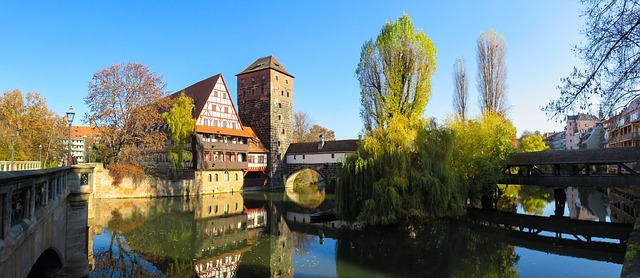

The perfect base point for travelers eager to explore the northern reaches of Bavaria, the historic city of Nuremberg vies with Munich for the top hotspot in the state. The onetime epicenter of the Holy Roman Empire, this student-packed town comes crowned with the formidable bulwarks and keeps of the Nuremberg Castle and is known widely as one of the hubs of Nazi Germany and also the place of the post-war Nuremberg trials.
The center retains a beautiful historical edge, with half-timbered facades and tree-dotted cobbled squares, & the beer is famed across Germany for its brooding, dark color & flavors. Complete with an incredible and tumultuous history, Nuremberg is a 950-year-old city with a romantic flair, drawing in heritage buffs and artistic souls alike. This Central European jewel has more than bratwurst and beer. Find cosmopolitan cities, scenic wineries, charming coastline, and intriguing history.
Tourist Attractions In Nuremberg : 21
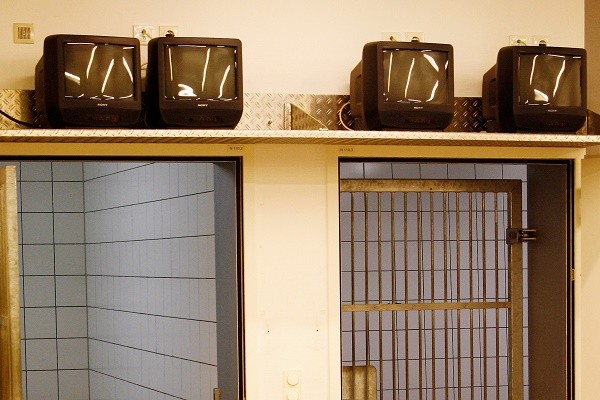

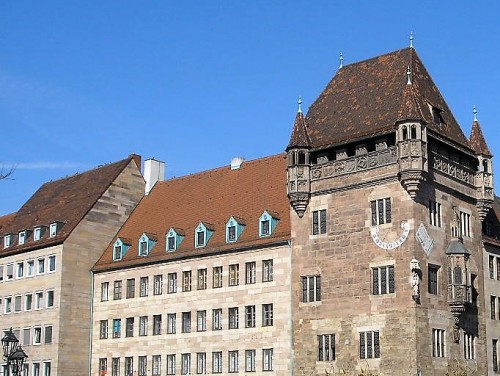
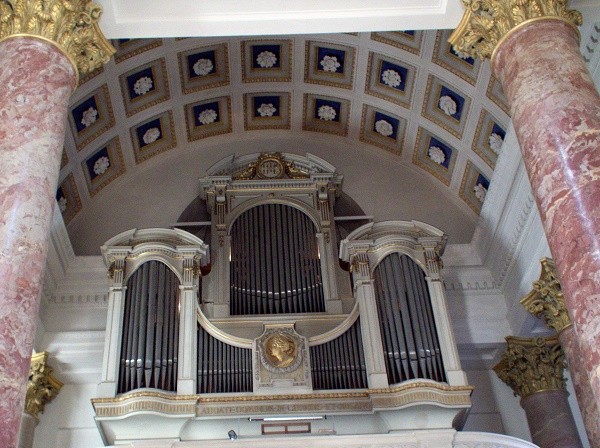
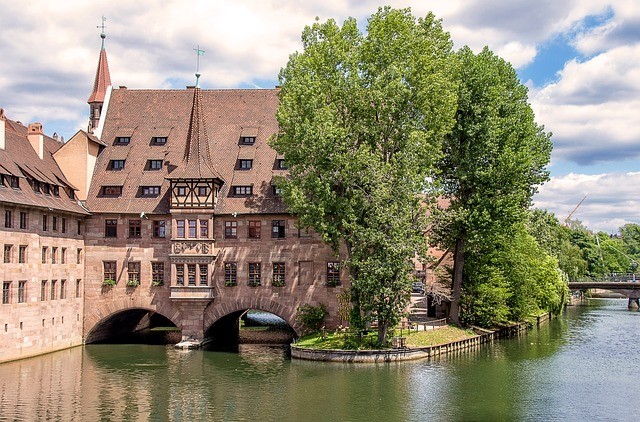
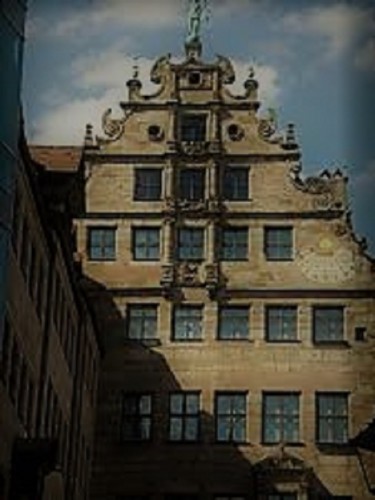


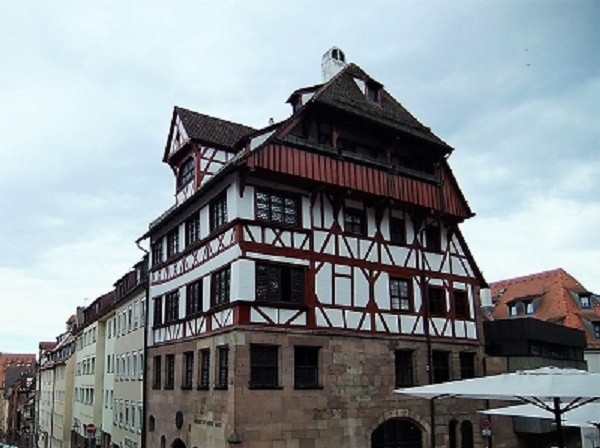
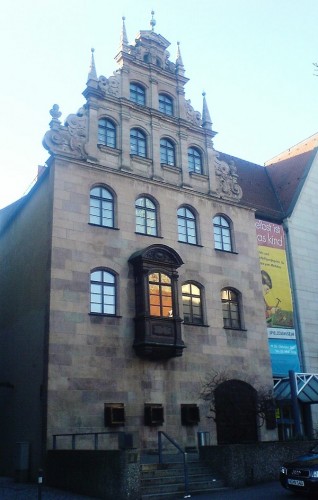
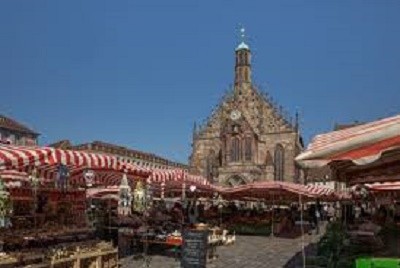
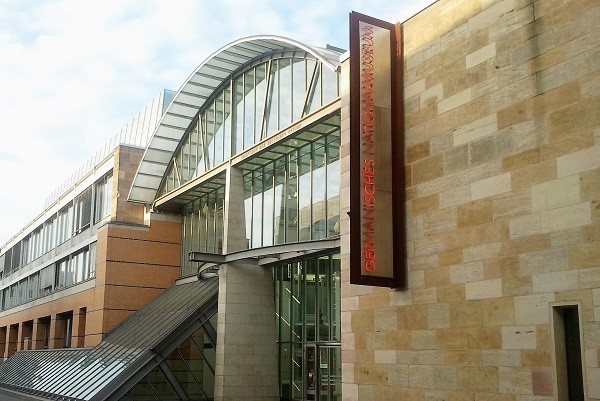
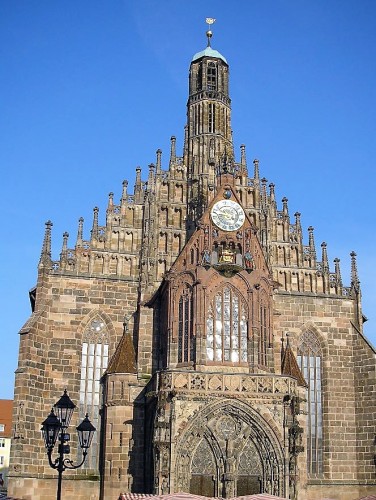
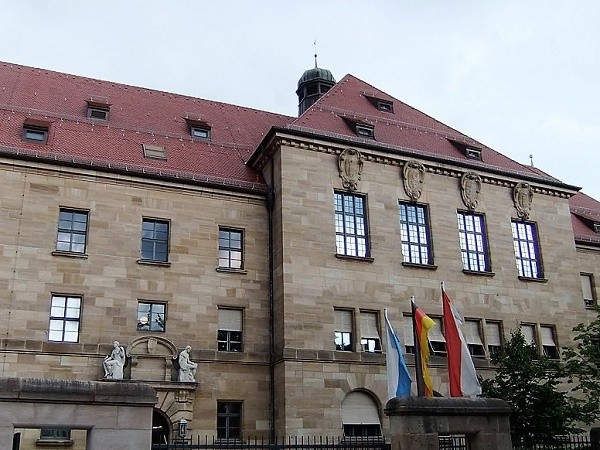
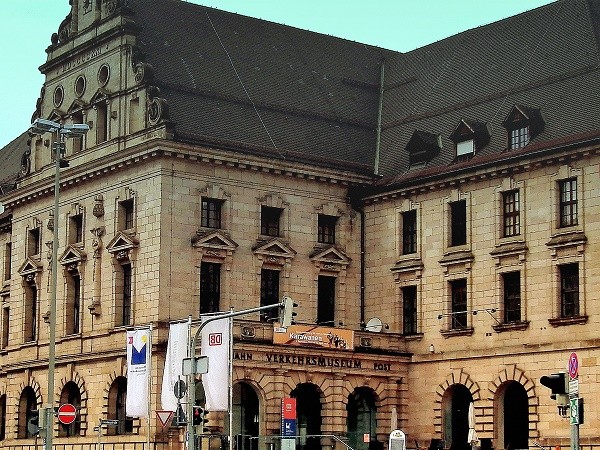
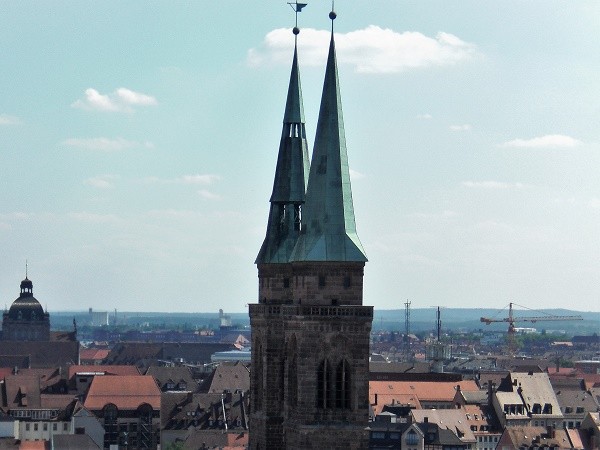

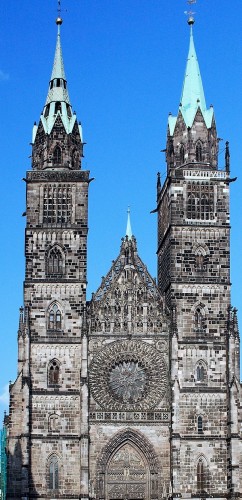
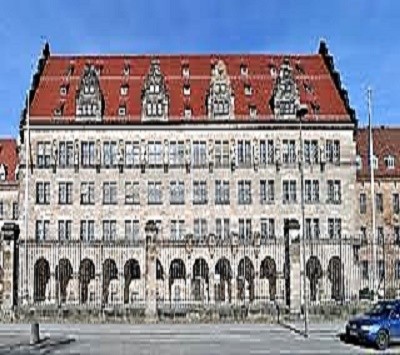


By Air - Nuremberg Airport officially known as Albrecht Durer Airport Nurnberg and getting from the airport to the city is no problem. Air Berlin runs a lot of their flights from Nuremberg. The U2 subway line directly connects Nuremberg Airport with the central train station thus providing access to Nuremberg's city centre.
By Train - Nuremberg Main Station is a regional transportation hub, excellent connections are offered to almost everywhere with ICE service to Munich, Leipzig, Wurzburg, Frankfurt and all major towns along those routes. The main train station itself is located right next to the old city, which is a stroll away.
By Road - Nuremberg is connected to the major German Autobahn network through Highways A-3, A-6, A-73 and A-9.
By Bus - The main bus station is located near the main train station. Eurolines has many connections to Nuremberg from different locations in Europe.
By Water - The Port of Nuremberg is located about 6 kms southwest of the old town and Main Railway Station. During the year, over 500 cruise ships stop in Nuremberg.
Getting Around - Nuremberg is one of only four German cities to have an actual U-Bahn and the three line system forms the backbone of public transit in the city. The old town is best explored on foot. To get from one part of the old town to another by car or public transport tourists will often have to leave the old town and re-enter it at a different gate.
1 - NUREMBERG - {FAMOUS FOR SCHäUFELE IS A DISH MADE FROM PIG'S SHOULDER MEAT ; LEBKUCHEN IS A TYPE OF CAKE MADE FROM HONEY, SPICES LIKE(ANISEED, CORIANDER, CLOVES, GINGER, CARDAMOM), NUTS LIKE (ALMONDS, HAZELNUTS, AND WALNUTS), AND FRUITS ;
2 - PRISON ST. MICHEL, LOCATED AT IRRERSTRAßE 2, 90403 - (FAMOUS FOR ONION SOUP)
3 - HOSERER ROLLY'S, LOCATED AT VORJURASTRAßE 22, 90453 - (FAMOUS FOR MEAT PATTIES AND CHICKEN WINGS)
4 - DELPHI, LOCATED AT INNERE LAUFER G. 22, 90403 - (FAMOUS FOR GRILLED OYSTER MUSHROOMS)5 - RESTAURATION FISCHER, LOCATED AT SCHOTTENGASSE 1, 90402 - (FAMOUS FOR TAGLIATELLE IS A TYPE OF PASTA MADE FROM FLOUR AND EGG WITH MUSSELS)
Updated 9 May 2018
Updated 9 May 2018